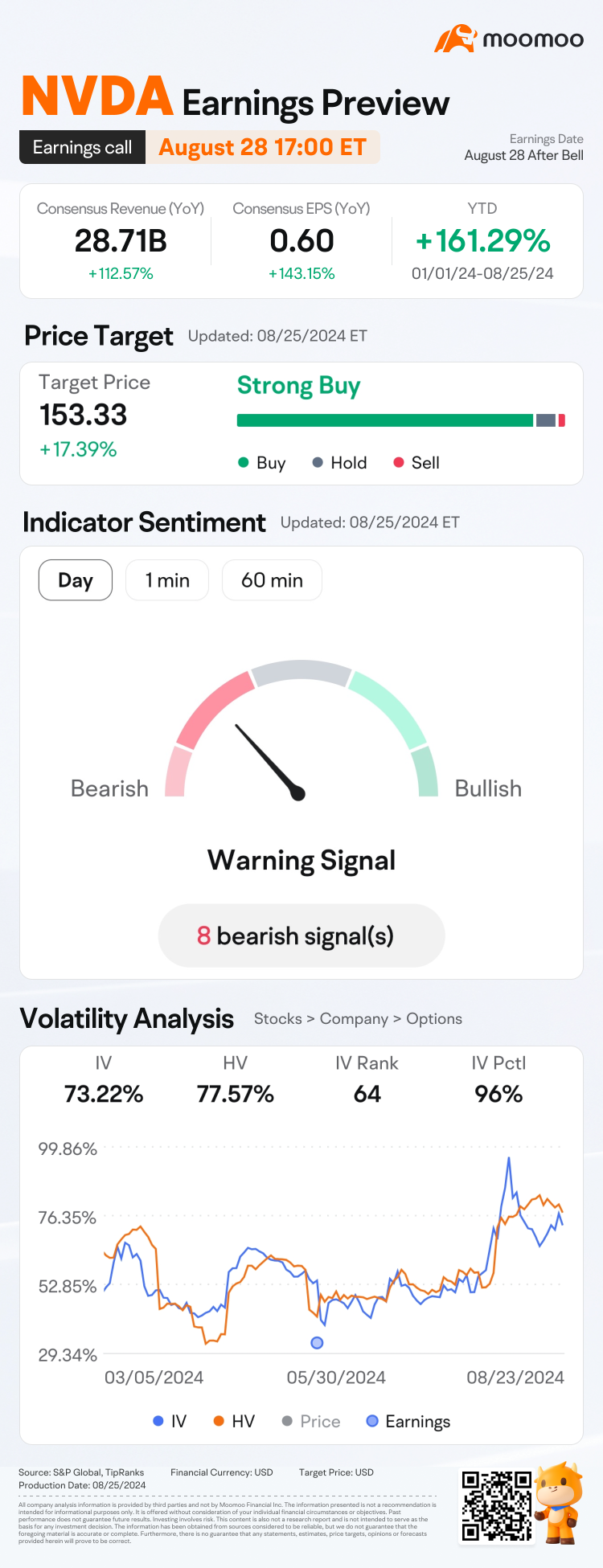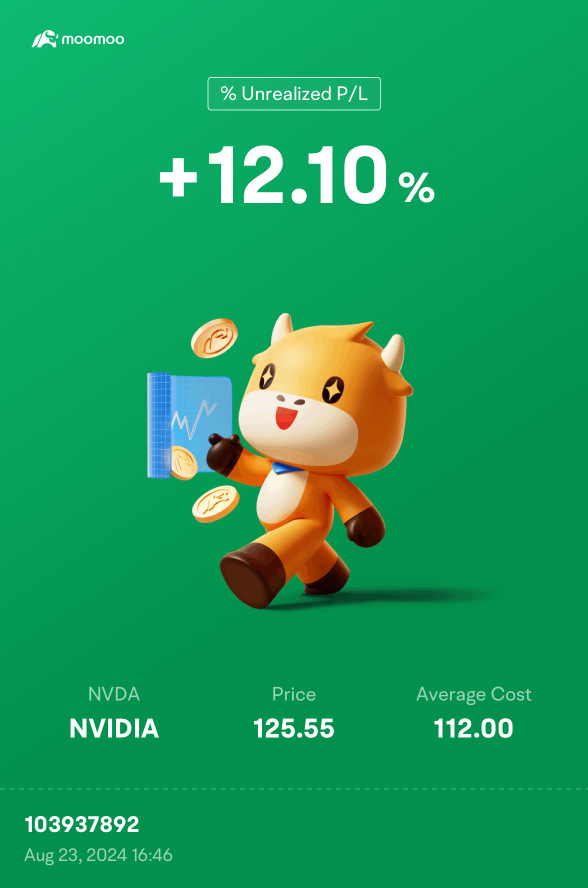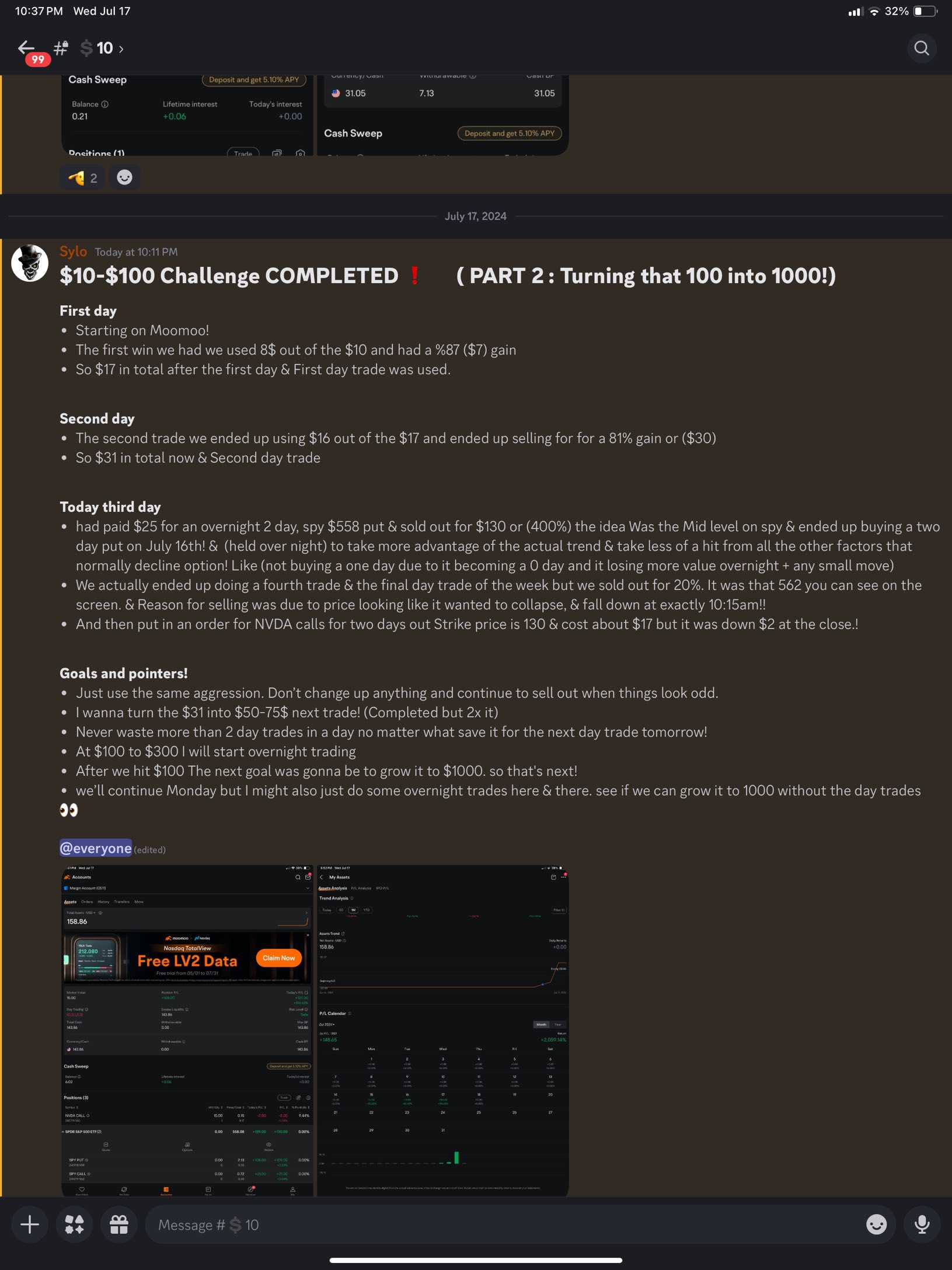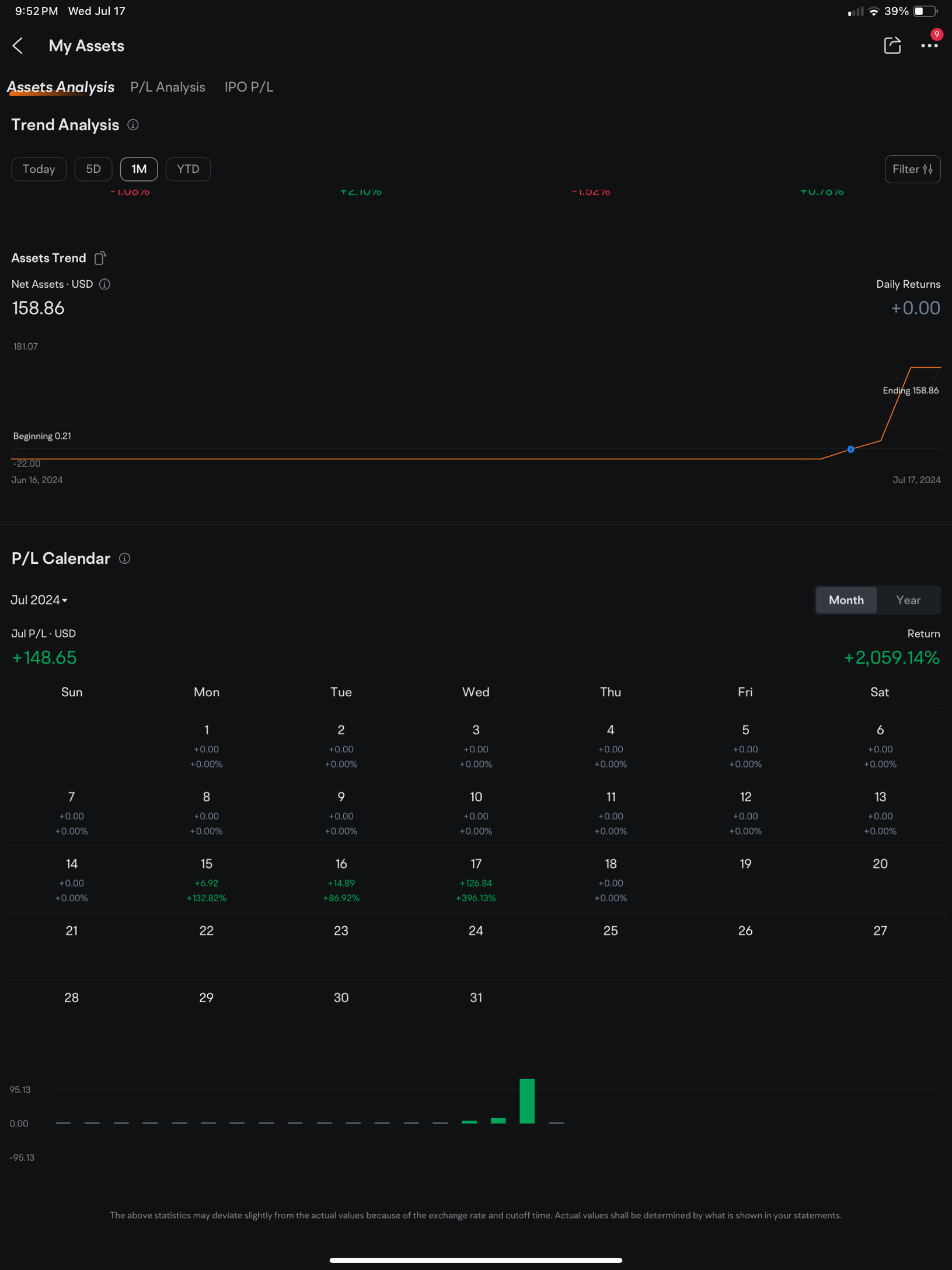101855708
liked
$NVIDIA (NVDA.US)$ whenever i buy any stock that MF goes down. i will keep posting here so that it can help to decide your trading. atleast dont buy at that price
5
101855708
voted
Hi mooers!
$NVIDIA (NVDA.US)$ is releasing its Q2 earnings on August 28 after the bell. Unlock insights with NVDA Earnings Hub>>
For the details of indicator sentiment, please tap the link and check.
Since its last earnings release, shares of $NVIDIA (NVDA.US)$ have seen an increase of 35.64%. What do you think of this earnings report? Let's see if you can be motivated by the following information!
![]() Mooer's insights:
Mooer's insights:
· @Mr Long Te...
$NVIDIA (NVDA.US)$ is releasing its Q2 earnings on August 28 after the bell. Unlock insights with NVDA Earnings Hub>>
For the details of indicator sentiment, please tap the link and check.
Since its last earnings release, shares of $NVIDIA (NVDA.US)$ have seen an increase of 35.64%. What do you think of this earnings report? Let's see if you can be motivated by the following information!
· @Mr Long Te...



+8
101
116
101855708
commented on
$NVIDIA (NVDA.US)$ 143 close today is my guess
3
10
101855708
liked
$NVIDIA (NVDA.US)$ actually, there are opportunities for both bull and bear market, can earn money both ways. there is no need to hate on each other or mock ppl who are losing money, thats just sick behaviour.
and the “I told you so” comments (referring to both bulls and shorties), is nothing but 马后炮, and a broken clock can be right twice a day too, doesnt make you Warren Buffett.
just peace and chill and make money.
and the “I told you so” comments (referring to both bulls and shorties), is nothing but 马后炮, and a broken clock can be right twice a day too, doesnt make you Warren Buffett.
just peace and chill and make money.
18
3
101855708
liked
$Seatrium Ltd (5E2.SG)$ $FTSE Singapore Straits Time Index (.STI.SG)$ $AEM SGD (AWX.SG)$ $Genting Sing (G13.SG)$
Some friends may be curious about the different leverage I use for each entry signal I post:
Why do some stocks take profit and stop loss of 20%, while others only 5%, or even 3%? How exactly should the money be invested?
Here's my own position management method:
Many times, a trading strategy will have many trading opportunities at the same time, and investors with more experience will spread their funds among different trading opportunities, thereby reducing overall risk.
The safest approach is to make every trading opportunity the same risk: for example, you can use 1% of the total asset profit and loss risk as the standard for a single trade. Then it is possible to calculate the leverage ratio that should be invested. Here are two examples:
1. The profit and loss ratio of a trading opportunity is 1%, then 1% ÷ 1% = 100%, so the capital leverage ratio is 100%, which means that this trading opportunity requires 100% investment of total capital.
2. The profit and loss ratio of a trading opportunity is 20%, then 1% ÷ 20% = 5%, so the capital leverage ratio is 5%, which means that this trading opportunity requires an investment of 5% of the total capital.
The two examples may seem to have a huge difference in investment, but in reality, the risk is just as great. For things like...
Some friends may be curious about the different leverage I use for each entry signal I post:
Why do some stocks take profit and stop loss of 20%, while others only 5%, or even 3%? How exactly should the money be invested?
Here's my own position management method:
Many times, a trading strategy will have many trading opportunities at the same time, and investors with more experience will spread their funds among different trading opportunities, thereby reducing overall risk.
The safest approach is to make every trading opportunity the same risk: for example, you can use 1% of the total asset profit and loss risk as the standard for a single trade. Then it is possible to calculate the leverage ratio that should be invested. Here are two examples:
1. The profit and loss ratio of a trading opportunity is 1%, then 1% ÷ 1% = 100%, so the capital leverage ratio is 100%, which means that this trading opportunity requires 100% investment of total capital.
2. The profit and loss ratio of a trading opportunity is 20%, then 1% ÷ 20% = 5%, so the capital leverage ratio is 5%, which means that this trading opportunity requires an investment of 5% of the total capital.
The two examples may seem to have a huge difference in investment, but in reality, the risk is just as great. For things like...
Translated
14
2






![[empty]](https://static.moomoo.com/node_futunn_nnq/assets/images/folder.5c37692712.png)
![[error]](https://static.moomoo.com/node_futunn_nnq/assets/images/no-network.991ae8055c.png)